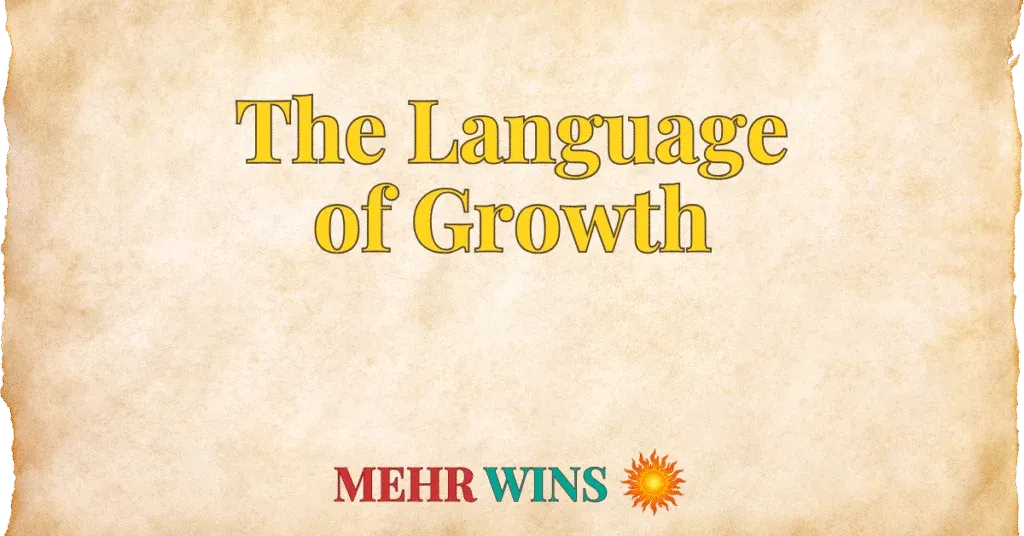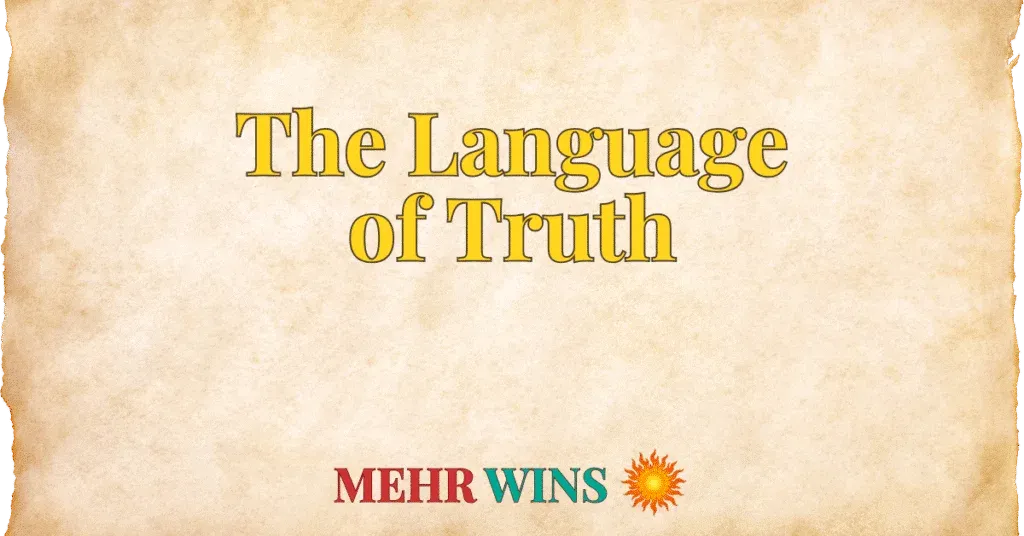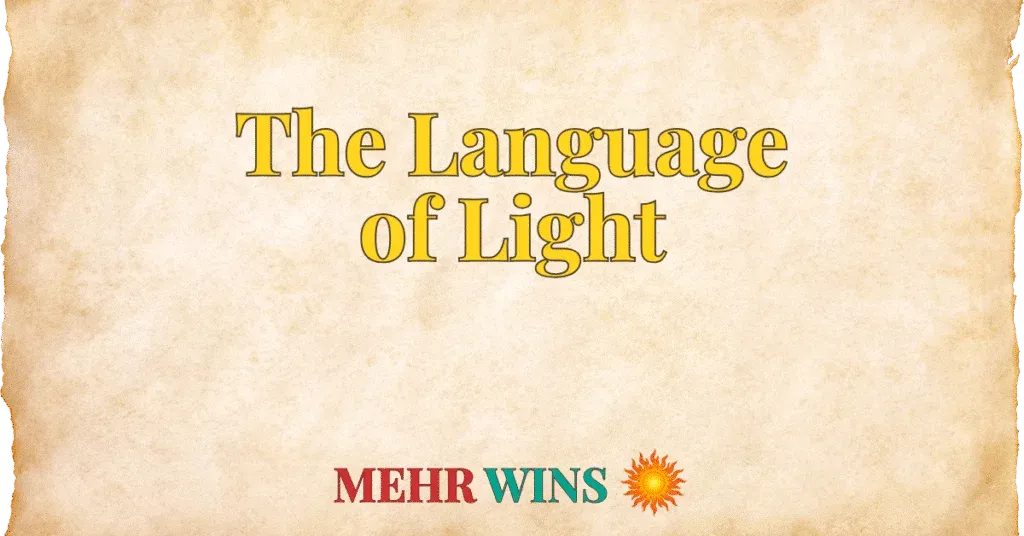
Growth is more than progress. It is the unfolding of who we are and the quiet expansion of what we can become. In the spirit of this site, growth is not measured by speed or size but by depth, direction, and the integrity of the journey. It’s the turning of the soil before anything blooms, the slow rise of understanding after confusion, and the quiet clarity that emerges through challenge. True growth lives in moments of reflection, transformation, and choice. The Persian language offers a rich vocabulary for this kind of evolution—words that don’t just speak to change but to the meaning behind it. These ten words reflect the multidimensional essence of growth, aligned with the deeper themes of this project.
1. رشد Roshd (roshd) – growth, development, maturation
Roshd is the essential word for growth and development, capturing a natural process of increase, maturity, or deepening. It reflects both external change and personal evolution.
Example: “Through consistent effort, she saw significant roshd in her skills.”
2. پیشرفت Pishraft (peesh-raft) – progress, advancement, development
Pishraft emphasizes forward movement and improvement. It speaks to gradual advancement toward a fuller, more developed state—whether in knowledge, ability, or personal growth.
Example: “The team celebrated the remarkable pishraft they made on the project.”
3. تکامل Takāmol (ta-kā-mol) – evolution, perfection, development toward completion
Takāmol reflects holistic growth toward a more complete or harmonious state. It implies thoughtful integration of life’s layers—emotional, mental, and spiritual.
Example: “His spiritual journey was one of continuous takāmol.”
4. پرورش Parvaresh (par-va-resh) – nurturing, fostering, cultivation
Parvaresh highlights the role of nurturing and intentional care in growth. It is about providing the conditions and attention needed for someone or something to thrive.
Example: “The garden thrived under her careful parvaresh.”
5. تربیت Tarbiat (tar-bi-yat) – upbringing, education, self-cultivation
Tarbiat speaks to how one is raised and shaped. It reflects the process of personal development through guidance, education, and the cultivation of values and discipline.
Example: “Her parents emphasized good tarbiat as the foundation of life.”
6. تحول Tahavvol (ta-hav-vol) – transformation, change, evolution
Tahavvol represents a deep inner shift—a turning point or awakening that redefines a person’s path. It’s not just change but the kind that creates a new version of self.
Example: “After the retreat, she experienced a deep personal tahavvol.”
7. افزایش Afzāyesh (af-zā-yesh) – increase, augmentation, expansion
Afzāyesh describes growth in terms of quantity or reach. It refers to the accumulation or amplification of something—skills, confidence, capacity—through effort or time.
Example: “There was a steady afzāyesh in his confidence with each small victory.”
8. توسعه Tosse’e (tos-se-eh) – development, expansion, broadening
Tosse’e reflects broad development or expansion beyond one’s initial boundaries. It’s the kind of growth that extends capacity, understanding, or influence into new areas.
Example: “The company focused on the tosse’e of its online presence.”
9. پویایی Pūyāyi (poo-yā-yee) – dynamism, vitality, aliveness
Pūyāyi is the energy that moves things forward. It captures the vibrancy, motion, and living force behind meaningful growth—change that is full of life.
Example: “Her creative work was full of an inspiring pūyāyi.”
10. تهذیب Tahzīb (tah-zīb) – refinement, cultivation, moral improvement
Tahzīb refers to growth through refinement—sharpening one’s character, values, and behavior. It is the cultivation of wisdom and dignity through conscious self-improvement.
Pronunciation Note
To help with pronunciation, Persian transliterations often use the following consonant markers:
• gh – a throaty sound, like French r (غ / ق)
• kh – a deep “h” sound, like the ch in Bach (خ)
• zh – like the s in measure (ژ)
• sh – like sh in shine (ش)
• ch – like ch in cheese (چ)
Stressed syllables are shown in bold within the pronunciation.
Italicized words in parentheses reflect how to say the word phonetically.



